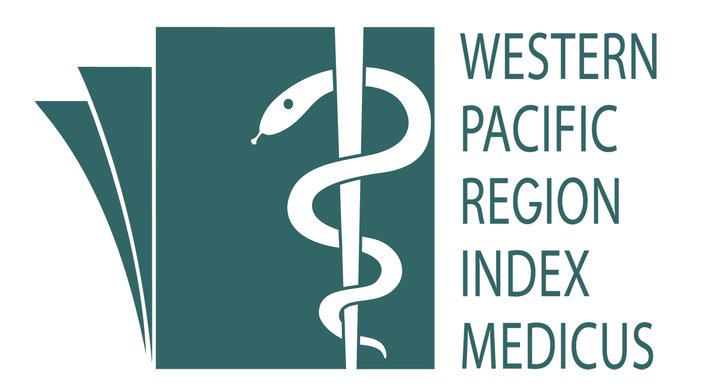Kimia Obesogen dan Obesiti Kanak-kanak sebagai Ancaman Kesihatan Awam: Satu Ulasan Naratif
Obesogen Chemicals and Childhood Obesity as a Public Health Threat: A Narrative Review
Keywords:
Obesiti Kanak-Kanak, Bahan Kimia Obesogenik, Pengganggu Endokrin, Adipogenesis, Phthalate, Childhood Obesity, Obesogenic Chemicals, Endocrine Disruptors, PhthalatesAbstract
Introduction:
Childhood obesity is a growing global health issue with a high prevalence, particularly in Malaysia. Environmental factors, such as exposure to obesogenic chemicals, are thought to contribute to the increased risk of obesity. This narrative review aims to investigate the relationship between obesogenic chemicals and childhood obesity to support the development of more effective prevention strategies.
Method:
A narrative review was conducted using PubMed, Google Scholar, Web of Science, and Scopus to explore the relationship between obesogenic chemicals and childhood obesity. Relevant keywords were used to identify articles aligned with the study's scope, and additional articles were sourced through the snowballing technique from selected articles in the initial search.
Result:
Obesogens are exogenous chemicals that disrupt metabolic functions, promote fat accumulation, and increase the risk of childhood obesity. These effects occur through impaired adipogenesis, reduced basal metabolic rate, and altered appetite regulation. Studies revealed significant associations between prenatal exposure to chemicals like phthalates and PFAS and increased body mass index (BMI) and obesity risk in children. Experimental studies further confirmed that obesogens, such as BPA and phthalates, promote adipogenesis and metabolic disruption in animal models and human adipose tissue cells, providing strong evidence of their role in childhood obesity.
Conclusion:
Exposure to chemical obesogens significantly impacts childhood obesity. Immediate action through chemical regulation and public education is essential. Further research and global policy changes are needed to secure a healthier future for the next generation.
Downloads
Published
How to Cite
Issue
Section
License
Copyright (c) 2025 Nur Atiqah Mohd Ahwan, Zaleha Md Isa, Mohd Hasni Jaafar, Norfazilah Ahmad

This work is licensed under a Creative Commons Attribution-NonCommercial 4.0 International License.
IJPHR applies the Creative Commons Attribution (CC BY) license to articles and other works we publish. If you submit your paper for publication by IJPHR, you agree to have the CC BY license applied to your work. Under this Open Access license, you as the author agree that anyone can reuse your article in whole or part for any purpose, for free, even for commercial purposes. Anyone may copy, distribute, or reuse the content as long as the author and original source are properly cited. This facilitates freedom in re-use and also ensures that IJPHR content can be mined without barriers for the needs of research.






